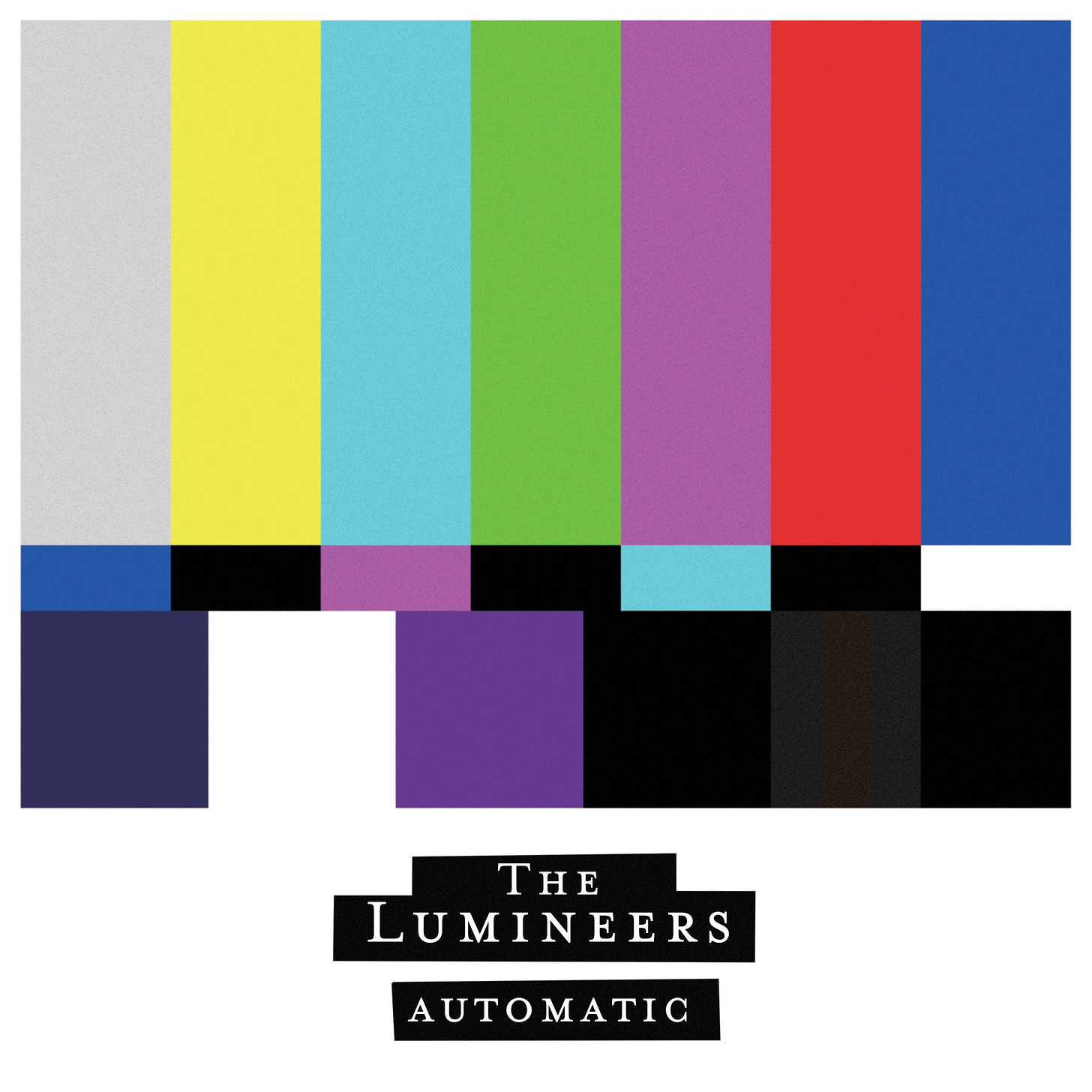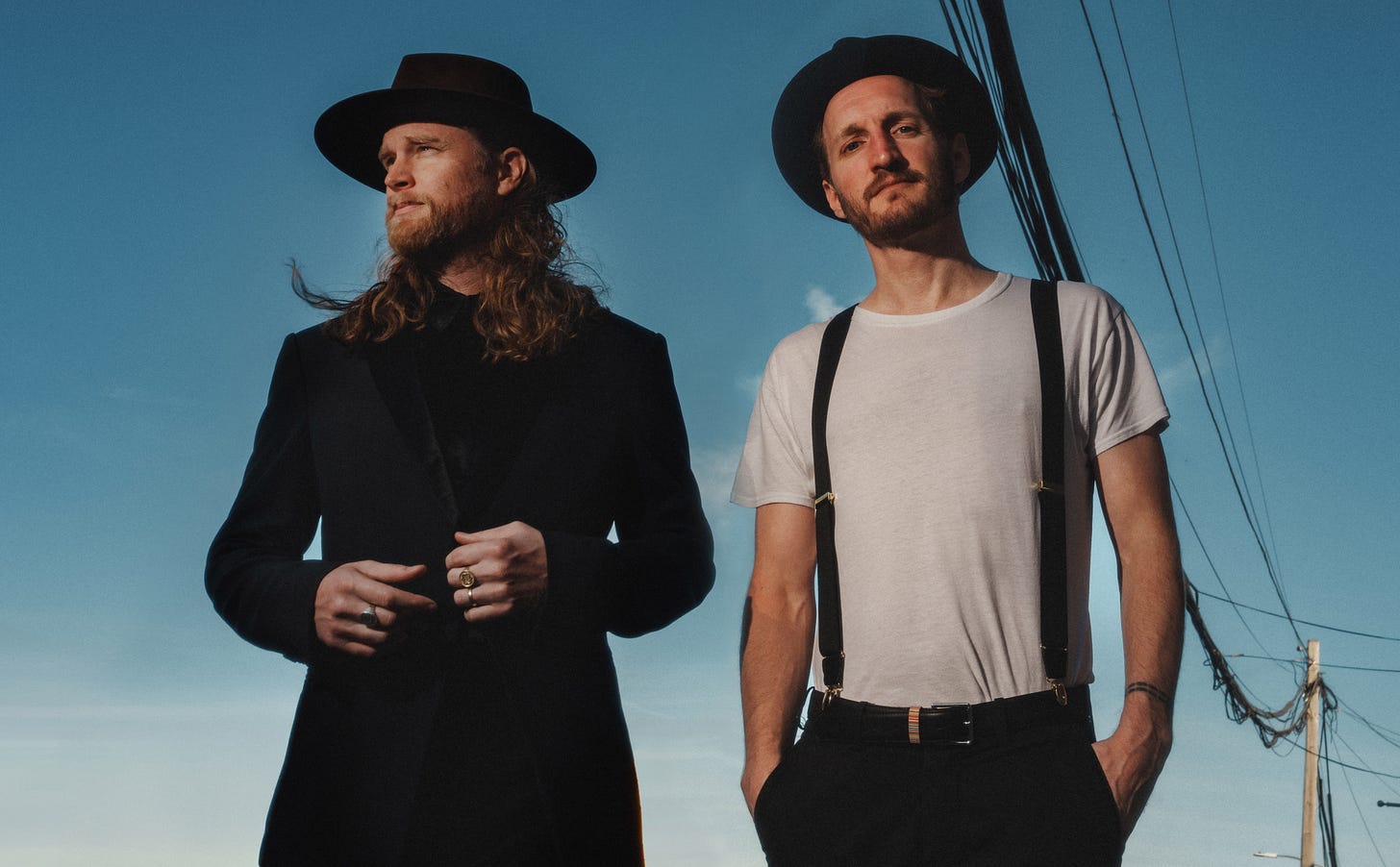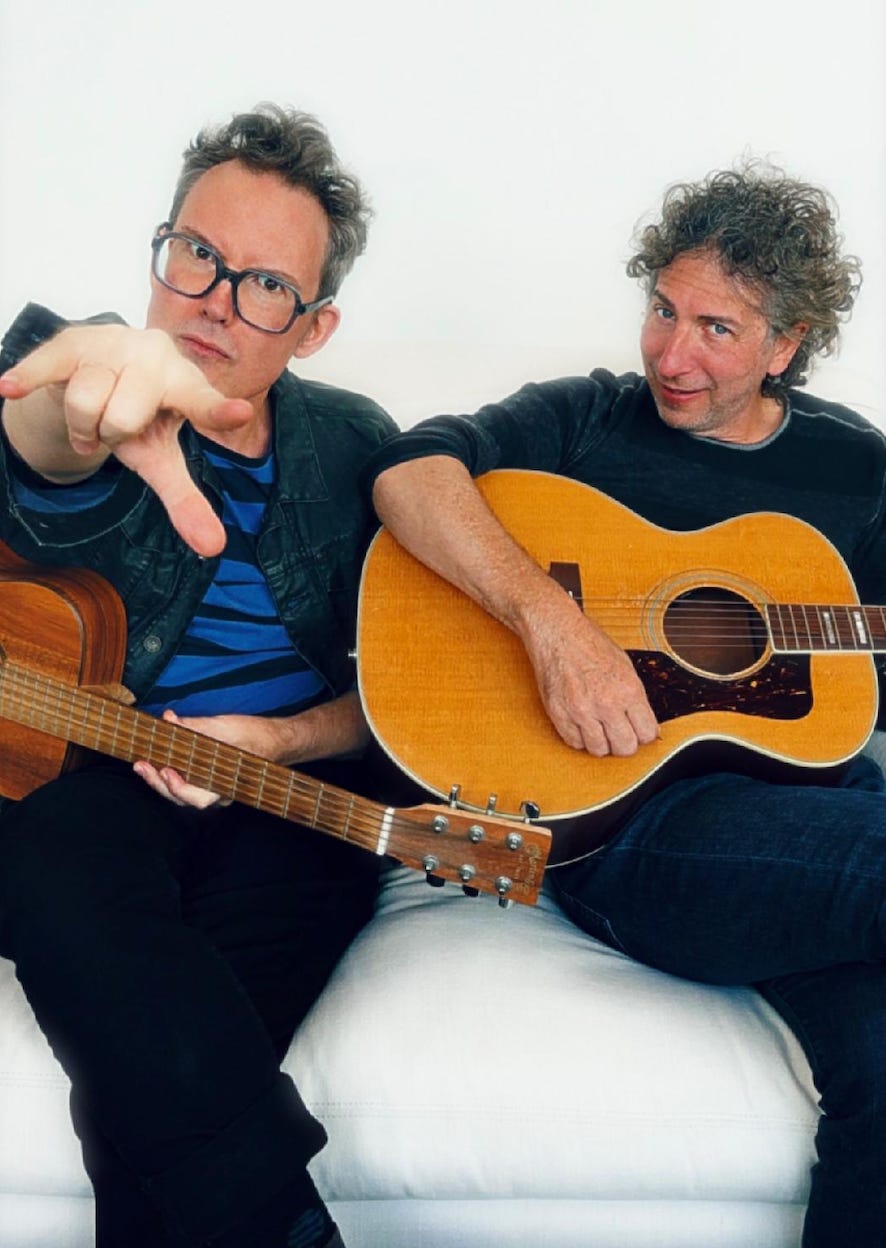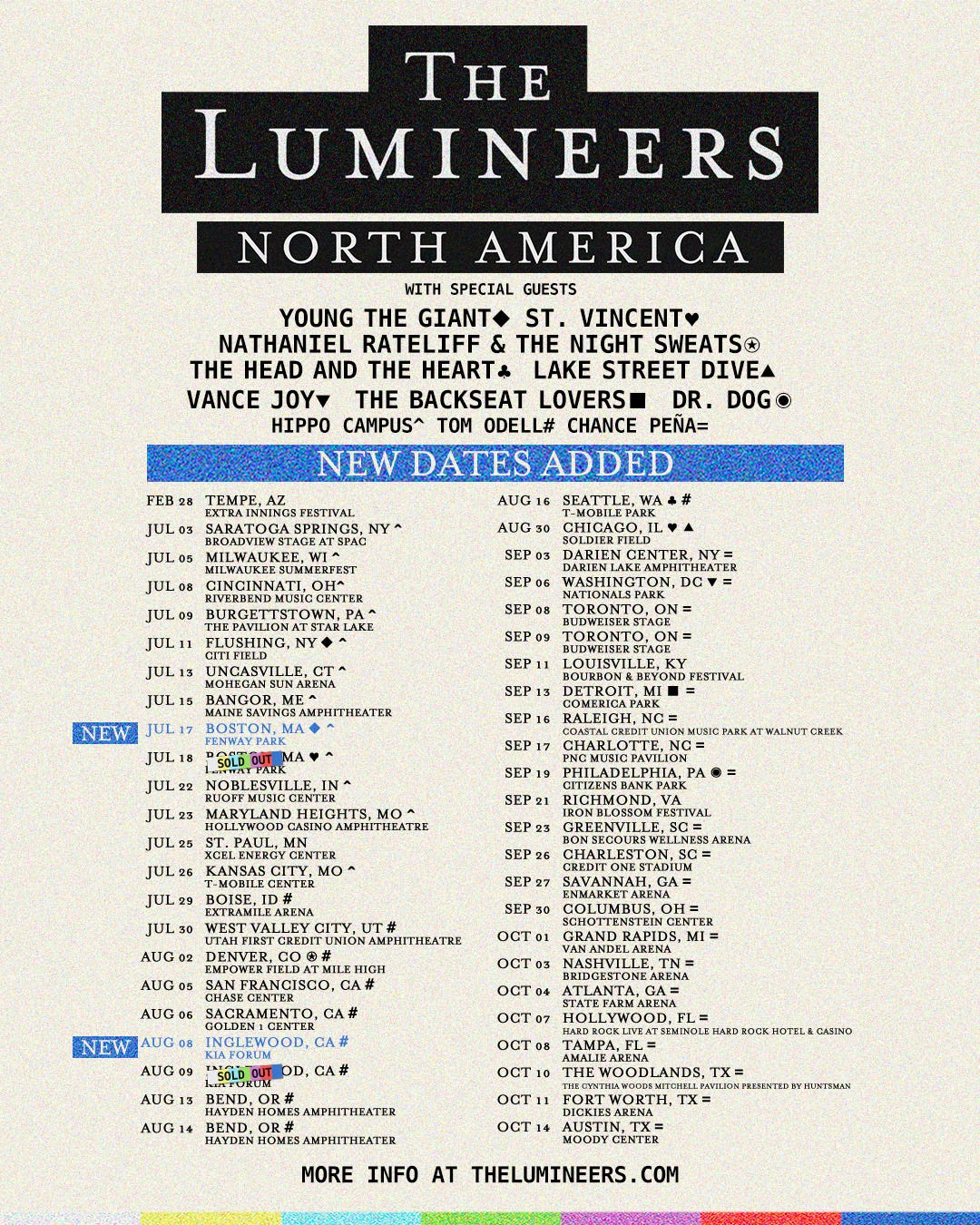The Lumineers, Citi Field, SPAC and Bearsville: Irreversible Auditory Propulsion
The Lumineers are conquering the world on their "Automatic" tour, but they're taking Bearsville, Woodstock, Ulster County and New York State's Hudson Valley with them everywhere.
In early June 2013, I was at Hunter Mountain Resort in Hunter, NY, a skiing destination deep in the heart of New York’s Hudson Valley and Catskill Mountains, for the annual Mountain Jam music festival.
I have yet to miss a Mountain Jam, whether it was at Hunter from 2005 to 2018; Bethel Woods Center for the Arts on the 1969 Woodstock site in Bethel, NY, in 2019; or Belleayre Mountain Ski Resort, also in the Catskills, a few weeks ago. Mountain Jam across all of these years has hosted many famous bands, including Gov’t Mule, Phil Lesh, Bob Weir, My Morning Jacket, Coheed and Cambria, Tom Petty—and The Lumineers.
I’ve got a lot of great Mountain Jam moments to look back on. But the one involving The Lumineers is extra special.
Always grateful to receive an all-access laminated pass, I was hanging out backstage and ran into Simone Felice, who at the time was well-known for the band he was in with his brothers, The Felice Brothers. We chatted, caught up and I went on my way, leaving Simone—who grew up in the Hudson Valley’s Greene County—at his truck, which was parked behind the stage.
Shortly thereafter, The Lumineers took the stage. I think they were the headliners that year, and last to perform at Mountain Jam. Sure enough, a song or two into their set, lead singer and guitarist Wesley Schultz, I’m sure it was, stepped to the mic and announced to the crowd, “We’d like to invite our good friend, Simone Felice, to the stage!”
The Lumineers. Photo by Todd Owyoung/NBC
I had a good laugh to myself. Only in the Hudson Valley—ONLY IN THE HUDSON VALLEY—would I be chatting with Simone one minute, and the next be watching as he sat in on percussion with The Lumineers on, “Highway 61 Revisited,” I believe it was, in front of 10,000 people. Good on you, Simone and The Lumineers!
For perspective on how spark-plug ignition, thrust and liftoff have catapulted The Lumineers into the outer reaches of the galaxy since then, consider that they will perform tonight, Friday, July 11, at Citi Field in Flushing, Queens, New York City. I believe the home of the New York Mets can hold more than 40,000 for a ball game and an additional 10,000 for a concert. So, as they say, you do the math for context on the magnitude of tonight’s Lumineers show, and how both audience and band could very likely take flight together.
And now, back to Simone.
My understanding is that The Lumineers—Wes and Jeremy Fraites—really dug The Felice Brothers, and that resulted in the guys enlisting Simone as their record producer. From there, Wes and Jer really dug in as far as the Hudson Valley was concerned. Simone produced “III” and “Cleopatra,” two albums recorded by The Lumineers at The Clubhouse in Rhinebeck, across the Hudson River from Woodstock. “Cleopatra” was released in 2016. “III” came out in 2019.
Joining Simone as co-producer for 2022’s “BRIGHTSIDE” was David Baron, who has worked with Lenny Kravitz and U2 drummer Larry Mullen Jr. “BRIGHTSIDE” was recorded at Baron’s Sun Mountain Studios in Boiceville, not far from Woodstock.
Wesley Schultz and Jeremiah Fraites of The Lumineers. Photo by Noah Griffel.
For the most recent Lumineers album, “Automatic,” The Lumineers maintained their firm Hudson Valley foothold and set up shop with their team at Utopia Studios Bearsville, in Todd Rundgren’s old Utopia Studios building in the Woodstock hamlet of Bearsville. The Utopia Studios Bearsville operation is owned and operated by Pete Caigan, who is highly-respected throughout Hudson Valley and maintains a strong track record of empowering Woodstock’s storied musical legacy.
The Lumineers have in the past rehearsed at the Bearsville Theater, which like Utopia Studios is part of the Bearsville Center complex. That plot of land was originally developed by the late, legendary music impresario Albert Grossman, who managed Bob Dylan. The Bearsville Theater is now operated by national music promoter and venue owner Peter Shapiro.
The Lumineers for the better part of 2025 have been touring in support of “Automatic.”
On July 3, the band kicked off the U.S. leg of the tour at Saratoga Performing Arts Center in Saratoga Springs, NY, north of Albany. I was there and marveled, as I have in the past—I’ve seen The Lumineers a lot—at how the band members seem as dazzled and stoked by the glorious spectacle of the show as much as us in the audience.
Also at SPAC, I experienced a moment of irreversible auditory propulsion. It unfolded during the song, “Dead Sea,” right after “Ho Hey.” After ramping up “Dead Sea” into a full-on, Saturday night-romp, in true Lumineers fashion, Wes turned the dimmer way down and allowed everyone, all 25,000 of us, including himself and the band, to catch a breath.
Everything stopped for a few moments.
And then, the SPAC crowd unleashed a joyous, triumphant and determined fury of an endzone-home run cheer in celebration of themselves, The Lumineers, SPAC and the sheer joy and wonder of being alive on that very night, at that very moment. For those of us who were there for this roar, this pipeline of a sonic wave, which grew far beyond what we call sound, nothing else mattered and nothing else ever will.
I’ve been seeing concerts since 1984—a lot of concerts, mind you—including Phil Collins, Dan Fogelberg, the Grateful Dead, Bob Dylan, Santana, Phish, Ringo Starr and the post-Grateful Dead bands, all at SPAC. I have never experienced what I experienced during that moment in “Dead Sea.” I do believe I was floating. We were all floating. That roar of the crowd nudged us all into a parallel dimension, then let us back in, and back down ever so gently.
“Irreversible Auditory Propulsion.” I know The Lumineers aren’t looking to me for the name of their next album. But if they ever do, may I suggest “Irreversible Auditory Propulsion?” For an 85 percent cut of album sales, the title is all theirs. Let’s talk?
I hope, hope, hope that my fellow Lumineers tribe members get to experience their own propulsion tonight in Queens, which will be a hometown show for bass player Byron Isaacs, a New York City resident.
Byron, the former bass player for the Levon Helm Band; a member of the roots collective Ollabelle; and co-pilot of one of the best bands I’ve ever seen, ever, Lost Leaders, said the recording process for “Automatic” was inspired by another baseball park, Wrigley Field in Chicago. The Lumineers performed at Wrigley Field in 2022 and released a live album and concert film showcasing the gig at this historic venue.
Byron Isaacs, of The Lumineers, left and Peter Cole. The two musicians perform in the band Lost Leaders.
“Live From Wrigley Field,” Byron said, “made an impression on us—the material sounded more alive and more vital live than it did on the records—and we’re very proud of the records. But there is that intangible, live component that really made the songs wake up.”
Once the Lumineers team was all set up at Utopia in Bearsville, David Baron imposed some rules, Byron explained.
One of the edicts decreed that, while not everything had to be recorded live, nothing could be recorded—lead vocal, second guitar part, bass, even a shaker—without something else being simultaneously recorded. And that second recording might not even see the light of day.
The goal, Byron said, was to have the primary musician performing for the tape while someone else was joining in along on secondary vocals or another instrument. This approach created the dynamic of a live performance generating chemistry between two musicians—as if they were performing live on stage.
“Even if one of the things originally recorded gets muted, you can still feel the energy behind that interaction,” Byron said. “He imposed that statute—and by god, if it didn’t work. When we play the songs live now, it sounds more like the record than any other tour we’ve done. In its odd way, the album WAS recorded live. Everything you hear was recorded live with something else—and it really had a profound effect. I never made a record like this and I have to say it was a stroke of genius on David's part.”
David credited the chemistry between Wes and Jer with driving so much in The Lumineers universe.
“The Lumineers are successful for many reasons, but I think the reason why their live shows surpass so many of their peers is, there’s some magic about what they do together—especially Wes and Jer, just how they play together,” David said. “They’ve played together for 20 years. They grew up together.”
David mentioned the Bee Gees in the context of a concept called, “Brother Harmony.” Now, we all know about the Brothers Gibb, their chemistry, dynamic, harmony and success.
Speaking of Wes and Jer, David said, “They have ‘Brother Harmony.’”
He added, “For me, that was crucial to the audio portion of it, the recording portion, the production.”
David also said the massive size of Utopia shaped the recording process because sight lines could be adjusted; and vocals could be recorded in different sections of the studio’s huge main room. The expansive interior real estate gave the Lumineers team options that might not have been available in a smaller studio.
“We recorded vocals in different parts of the room,” David said of Wes and Jer. “If it was so good when they were rehearsing it, that’s where we recorded them.”
He continued, “We just went with what we felt inspired the guys the most. It’s true and real and it’s human and it’s locked together. To me, it’s the highest form of recording and you can only do it when the band is seasoned.”









Great narrative on the arc of the Lumineers and their anchorage in the Hudson Valley.